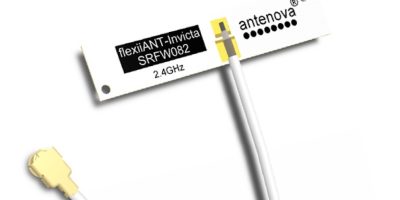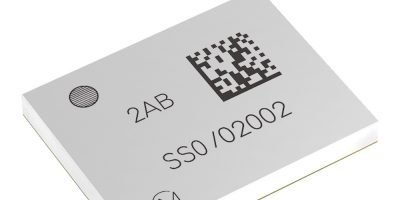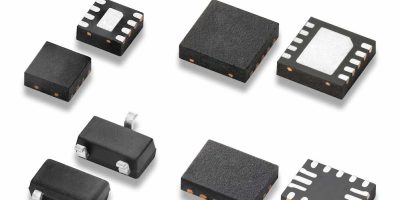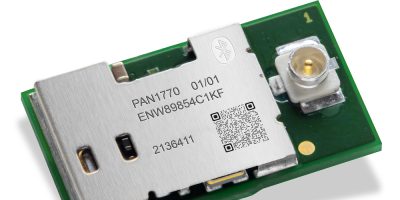Antenna and RF antenna modue manufacturer, Antenova, has released the Invicta compact antenna. It is for use with Wi-Fi, Bluetooth and ZigBee frequencies at 2.4 to 2.5GHz and averages 70 per cent efficiency across the 2.4GHz band.
The Invicta antenna averages efficiency of 70% across the 2.4 GHz band. Using this antenna allows designs to operate over longer distances and through walls and obstacles, said Antenova, extending the coverage and performance of wireless devices using Bluetooth, Wi-Fi and ZigBee.
It is a flexible printed circuit (FPC) antenna, which is easy to place in a design. It connects directly to the PCB via a cable and IPX MHF (UFL) connector. The antenna comes with 100mm cable as standard; other cable lengths and connector options are available on request.
An FPC antenna is different to an SMD antenna in that it operates independently to a ground plane length and no antenna matching is required, so the design cycle for Invicta is simpler and shorter, said Antenova.
The FPC antenna also makes for easier manufacturing, as the antenna is fixed in place by a simple self-adhesive strip. It can be curved and inserted into the case of a design. This style of antenna is suited to small to medium volume manufacturing.
Antenova has designed the Invicta antenna primarily for smart battery-powered devices for the home and office, where one single device provides global coverage. Typical applications in the home would be smart meters, home automation, wireless sensor networks, smoke and intruder alarms. It would also be used for remote monitoring in industrial and medical environments.
“The efficiency of an antenna is related to its size, with larger antennas usually providing better performance. The Invicta antenna . . . performs better than PCB trace antennas and provides exceptional performance and range in return for the relatively small space in a design,” said Antenova’s product marketing manager, Michael Castle.
The Invicta antenna part number is SRFW082.







